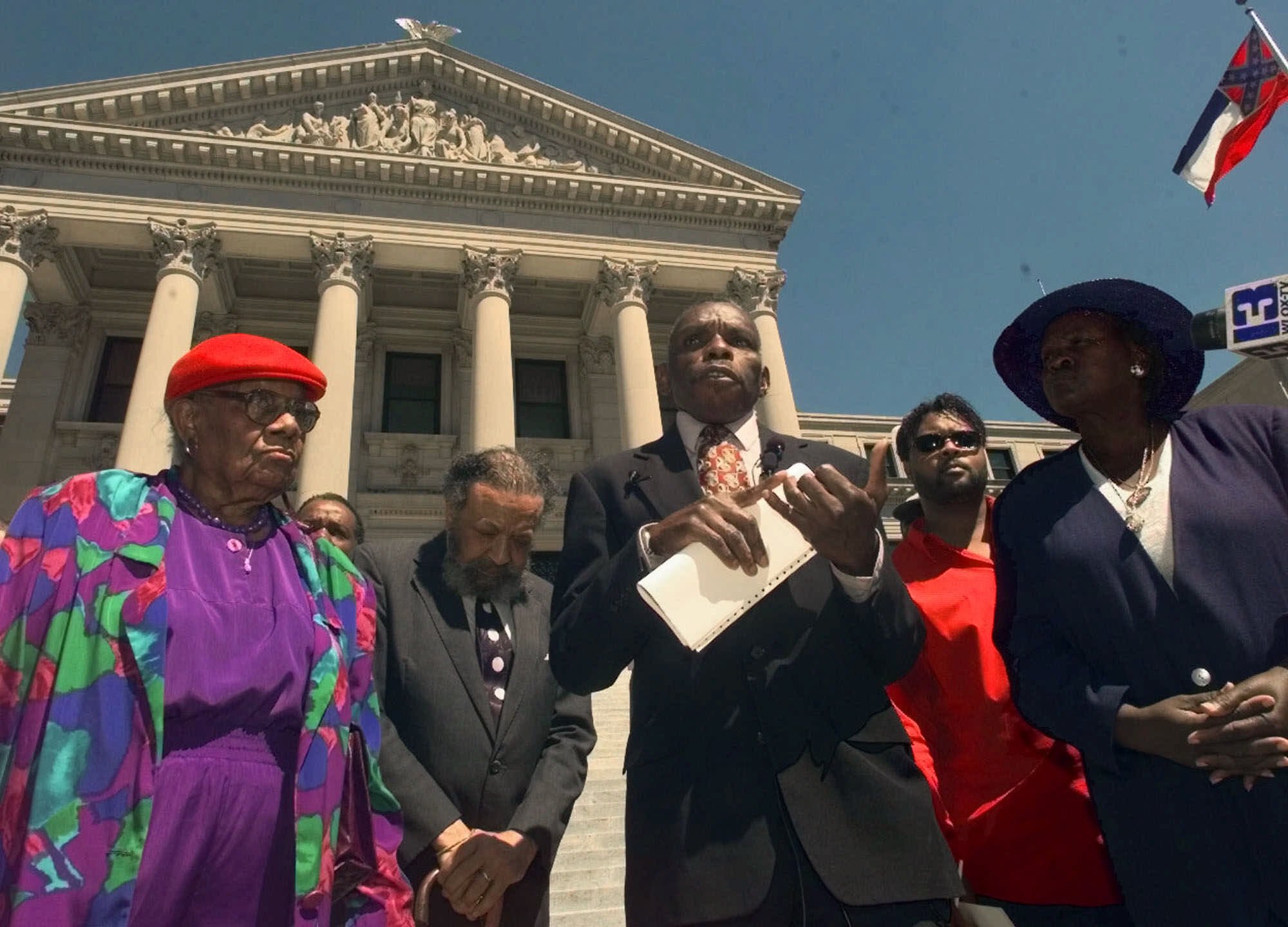bernard
THEE Realist
The settlement that capped off a landmark case in the fight to desegregate higher education in Mississippi is about to run out.
Come July, the Legislature will have fulfilled its obligations in the $503 million payout that effectively ended the class-action lawsuit known as Ayers v. Fordice. And advocates for the historically Black public universities in Mississippi will start to look at whether it made up for more than a century of segregation.
In 1975, Jake Ayers, a civil rights activist from Glen Allan, sued the state of Mississippi on behalf of his son, a student at Jackson State University. Ayers alleged that lawmakers, the IHL board, and the predominantly white universities used nearly a dozen policies and practices to prop up a dual system of higher education: One for Black students and one for white students.
After years of negotiations, the suit went to trial in 1982. A federal district judge in Oxford ruled that Mississippi universities had done enough to desegregate simply by adopting some “race-neutral policies.”

 mississippitoday.org
mississippitoday.org
Come July, the Legislature will have fulfilled its obligations in the $503 million payout that effectively ended the class-action lawsuit known as Ayers v. Fordice. And advocates for the historically Black public universities in Mississippi will start to look at whether it made up for more than a century of segregation.
In 1975, Jake Ayers, a civil rights activist from Glen Allan, sued the state of Mississippi on behalf of his son, a student at Jackson State University. Ayers alleged that lawmakers, the IHL board, and the predominantly white universities used nearly a dozen policies and practices to prop up a dual system of higher education: One for Black students and one for white students.
After years of negotiations, the suit went to trial in 1982. A federal district judge in Oxford ruled that Mississippi universities had done enough to desegregate simply by adopting some “race-neutral policies.”

The settlement that aimed to desegregate higher education in Mississippi, explained
It’s been 20 years since Mississippi’s HBCUs settled for $500 million. Here’s what happened since.
 mississippitoday.org
mississippitoday.org

